Raspberry Pi Zero vs Zero 2: Should you buy it? (Benchmark)
We have been waiting for something new for a long time, and the Raspberry Pi Zero series was the one that needed an upgrade the most. And now, the Raspberry Pi Zero 2 is available! I received mine a few days ago, tested many things, and I’m ready to share my experience with you in this article.
The Raspberry Pi Zero 2 W was released on October 28, 2021, and brings a new SoC to the series, with a quad-core ARM Cortex-A53 @ 1Ghz. The other specifications are similar, but the performances are highly increased by this CPU upgrade.
In this article, I will introduce this new model by comparing it to the older one. I will also share my first impressions, and give you some data to make your own decision. Keep reading to know everything about the new Raspberry Pi Zero 2 and to figure out if it’s a good fit for you.
If you need help getting started on Raspberry Pi, I have an entire course to guide you through your first steps. I’ll help you use the perfect hardware, plug everything in and install your first system. You’ll also do your first projects with me, just to make sure you are ready for the next level. Get all the information on this page if you are interested.
Pi Zero vs Pi Zero 2: Specifications
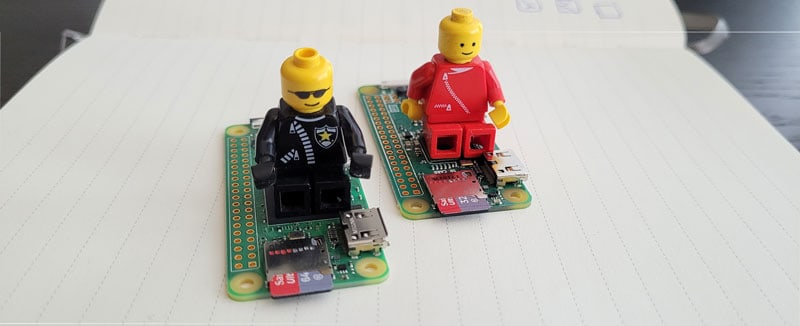
Let’s start by introducing the Raspberry Pi Zero 2 by comparing its specifications to the first model. The whole idea is to boot the CPU with a quad-core SoC, which should really improve the user experience for most usages. We’ll get back to this later, here are the specs:
| Raspberry Pi Zero 2 W | Raspberry Pi Zero W | |
|---|---|---|
| SoC | Broadcom BCM2710A1, quad-core 64-bit | Broadcom BCM2835 |
| CPU | 4x ARM Cortex-A53 @ 1Ghz | 1x ARM1176JZF-S @ 1 GHz |
| GPU | Broadcom VideoCore IV @ 400 MHz (Core) | Broadcom VideoCore IV @ 400 MHz (Core) |
| Memory | 512MB | 512MB |
| USB | 1 Micro-USB | 1 Micro-USB |
| HDMI | 1 Mini-HDMI | 1 Mini-HDMI |
| Network | Wi-Fi (2.4Ghz) / Bluetooth 4.2 | Wi-Fi (2.4Ghz) / Bluetooth 4.1 |
| Power Supply | 5V via Micro-USB | 5V via Micro-USB |
| Dimensions | 65 mm x 30 mm x 5 mm | 65 mm x 30 mm x 5 mm |
| Price | Around $15 | Around $10 (available here) |
So, when I say the main change is in the CPU, it’s almost the only change in fact, but it’s a big one. Adding multicore on this Raspberry Pi should highly improve your experience as several tasks can run at the same time. Those who had a Raspberry Pi Zero know what I’m talking about. It works pretty well once the setup is completed, but the installation part generally takes forever as everything is slow. We’ll see how this new model address this issue.
Just a quick word about the price. The Raspberry Pi Zero is intended to be the cheapest model available (except for the Pico, but it’s not really comparable). The first version was released at $5, then up to $10 for the one with Wi-Fi, and the new one is available for around $15 with official distributors.
If you are lost in all these new words and abbreviations, request my free Raspberry Pi glossary here (PDF format)!
Download now
Warning: current prices are all over the place for a new Raspberry Pi. Make sure to check this article to pay the right price when buying a Raspberry Pi. I also give a few tips to find one in stock (which currently isn’t that easy).
As with any new model, you won’t find it directly on Amazon (and the first ones will probably be too expensive), so your best choice is to go to the official website and pick one of the approved resellers.
Join Our Community!
Connect, learn, and grow with other Raspberry Pi enthusiasts. Support RaspberryTips and enjoy an ad-free reading experience. Get exclusive monthly video tutorials and many other benefits.
Learn morePi Zero vs Pi Zero 2: First impressions
On the board itself, you won’t see any major difference. The one that you can’t miss is the metal shield can next to the CPU. As on all the recent models, it’s there to protect the wireless components from interferences.
But the dimensions and ports are the same, so if you had all the adapters for the Raspberry Pi Zero, you can use the same on the Raspberry Pi Zero 2. The same thing for the case. I bought my Raspberry Pi with this complete kit from Vilros, and everything is compatible with the new model.
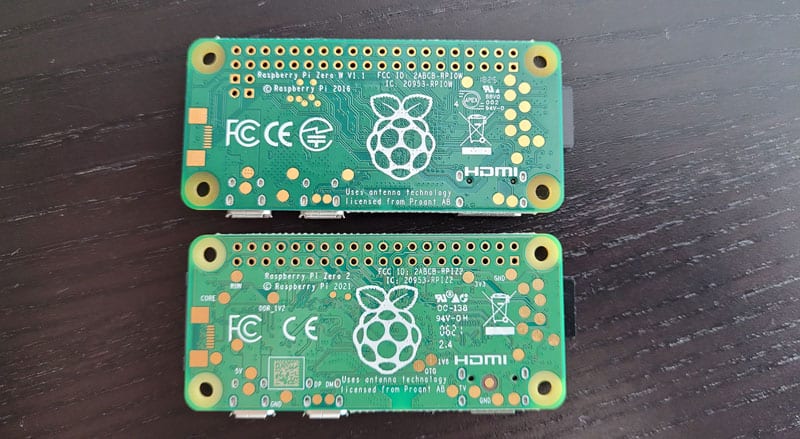
Hopefully, you have the model reference on the back, so you won’t confuse them.
But as a whole, no major difference in the hardware, logo on the CPU, metal shield, and revision number on the back. So, is it worth it to upgrade? We’ll see that in the next sections.
Pi Zero vs Pi Zero 2: User experience
I have had it for a few days, so I haven’t tested everything with it yet. But, if you are used to the Raspberry Pi Zero (1) W, you will quickly see the difference. The idea was to install Raspberry Pi OS (with Desktop), see how it works on both, and do a few tests. I can tell you that you’ll notice a major difference, directly in the first steps :
- Updating the system took me almost 30 minutes on the Raspberry Pi Zero and less than 15 minutes on the new model. I used the same Internet connection, same SD card, and same Raspberry Pi OS image on both. So, the only explanation is the new multicore CPU.
- The user experience is also very different in the desktop environment. If you have one task running on your system, everything we’ll be very slow on the Raspberry Pi Zero. But the multi-thread management on the new model will avoid this. For example, if you are using Chromium and extracting an archive at the same time, you’ll notice a major difference between both.
- Even installing the tools for the benchmark (and to run the tests) was way better with the new model. By the way, it took me forever to do this. It works well on high-end models, but it’s a bit too heavynfor the Raspberry Pi Zero family. Anyway, it probably took more than 24h hours on the Raspberry Pi Zero, and about 8 hours on the Raspberry Pi Zero 2.
So, I think you’ll really see the difference. For example, I remember trying to install Nextcloud on my Raspberry Pi Zero. It’s possible, but you’ll often get some freezes in the interface for no reason. It wasn’t really a good experience, so I use a Raspberry Pi 3B+ for this instead.

The new Raspberry Pi Zero 2 W will probably unlock a whole list of projects you can do with this cheap version. It’s probably not the best for desktop usage but for most server-oriented projects or home automation, I think it’s a good fit for a decent price.
If you are lost in all these new words and abbreviations, request my free Raspberry Pi glossary here (PDF format)!
Download now
I’m saying that it’s not the best for computer use, but it works pretty well. For people who only check their emails once a day, for kids, or for people in poor countries, I think this new model can go beyond what we expected for the Raspberry Pi Zero series until now.
The ports available can be a limitation, as you have only one USB port and no Ethernet port available.
If you are looking for perfect project ideas for the Raspberry Pi Zero 2W, click on the link to find my top recommendations.
It's a free PDF guide containing every Raspberry Pi Linux command you should know!
Download now
Pi Zero vs Pi Zero 2: Benchmarks

Ok, for the nerds reading this, I have done a few tests to show you the differences between the two models. As I told you previously, it took me forever to get this done, but I have some numbers to confirm my first impressions.
I completed the tests using the Phoronix Test Suite. I did the same tests on the Raspberry Pi Zero W, the Raspberry Pi Zero 2 W, and the Raspberry Pi 4 (to have a reference). It’s the same SD card, with the same image on the two Raspberry Pi Zero models.
Here are the benchmark results:
| Test | Raspberry Pi Zero W | Raspberry Pi Zero 2 W | Raspberry Pi 4 (4GB) |
|---|---|---|---|
| AoBench (CPU) | 655 Seconds | 363 Seconds | 125 Seconds |
| LAME MP3 Encoding (CPU) | 206 Seconds | 96 Seconds | 42 Seconds |
| 7zip Compression (CPU) | 282 MIPS | 1541 MIPS | 3616 MIPS |
| FFMpeg (CPU) | 1127 Seconds | 109 Seconds | 46 Seconds |
| Flac Audio Encoding (CPU) | 1890 Seconds | 939 Seconds | 207 Seconds |
| HDParm Read (Disk) | 22 MB/s | 22 MB/s | 42 MB/s |
| Memcpy (Memory) | 420 MB/s | 1357 MB/s | 2748 MB/s |
| Memset (Memory) | 1650 MB/s | 1621 MB/s | 3339 MB/s |
| PyBench (System) | 42234 Milliseconds | 19974 Milliseconds | 5202 Milliseconds |
Note: I used a slightly better SD card on the Raspberry Pi 4 that may explain the difference with HDParm.
According to the benchmark results, the Raspberry Pi Zero 2 W beats the Raspberry Pi Zero in all the CPU tests, but also on some memory and system tests. As a whole, the user will experiment with a system between two and five times faster, depending on the tasks.
These results are explained by a better CPU and multi-thread support. Also remember that the new processor supports 64-bits applications, so it might also improve the performances on some operating systems and programs.
It's a free PDF guide containing every Raspberry Pi Linux command you should know!
Download now
Want to chat with other Raspberry Pi enthusiasts? Join the community, share your current projects and ask for help directly in the forums.
Final thoughts
As a whole, I think this new Raspberry Pi model will find a good place in my collection. My Raspberry Pi Zero was the one with the most uptime, as I keep it running 24/24, but it will now be replaced by the new one, and I may buy a few other ones to host some servers for backup purposes, home automation, and other projects.
If you are not certain if it’s for you, I would recommend it for anything other than desktop usage if your budget is limited. For desktop usage, a Raspberry Pi 4 or 400 will always be better. Also, the limited memory can be an issue with some server projects. In this case, I’d prefer a Raspberry Pi 3 or 4 if possible (even the Pi 3A might be a better choice).
I can’t wait to see what manufacturers and makers will do with this new model, as I think there is big potential. I’ll probably wait for new articles about it in the future, but for now, you can find some great projects ideas for it here: 16 cool projects ideas for the small Raspberry Pi Zero.
Recommended reading: Where to Buy a Raspberry Pi: Common Pitfalls & Expert Tips
Whenever you’re ready, here are other ways I can help you:
The RaspberryTips Community: If you want to hang out with me and other Raspberry Pi fans, you can join the community. I share exclusive tutorials and behind-the-scenes content there. Premium members can also visit the website without ads.
Master your Raspberry Pi in 30 days: If you are looking for the best tips to become an expert on Raspberry Pi, this book is for you. Learn useful Linux skills and practice multiple projects with step-by-step guides.
The Raspberry Pi Bootcamp: Understand everything about the Raspberry Pi, stop searching for help all the time, and finally enjoy completing your projects.
Master Python on Raspberry Pi: Create, understand, and improve any Python script for your Raspberry Pi. Learn the essentials step-by-step without losing time understanding useless concepts.
You can also find all my recommendations for tools and hardware on this page.

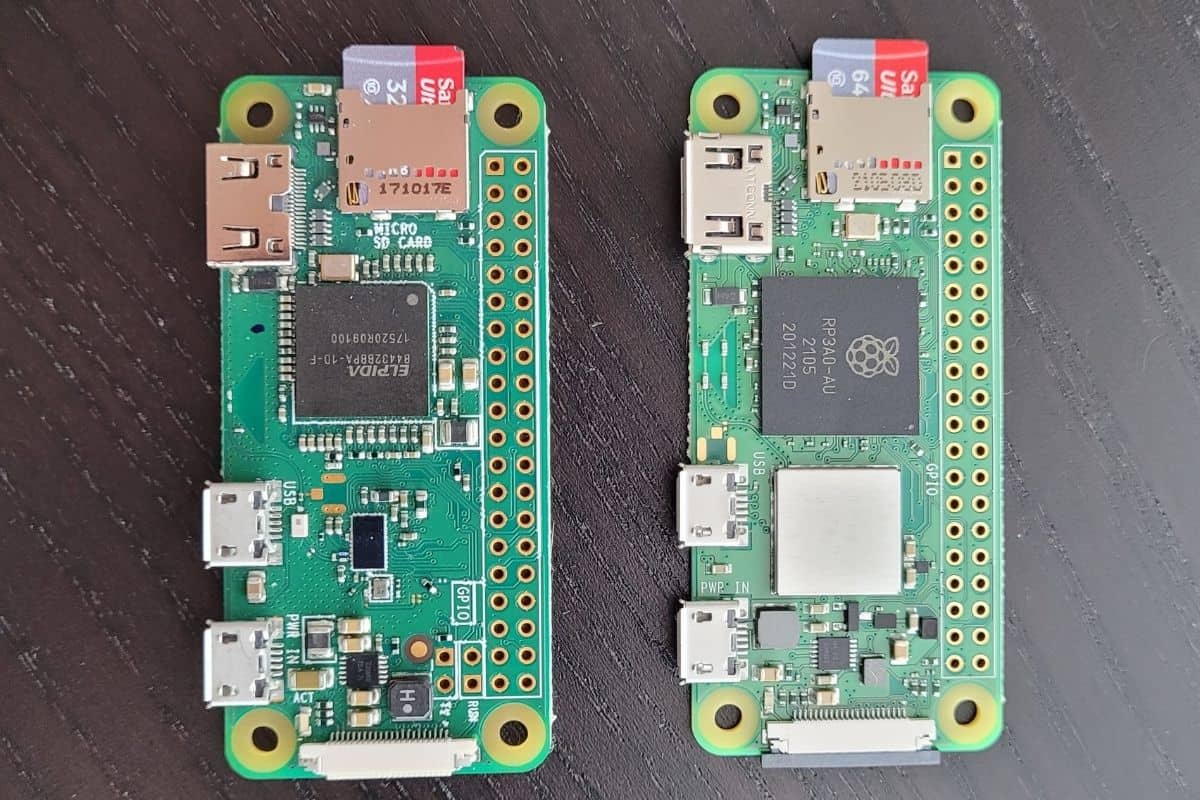

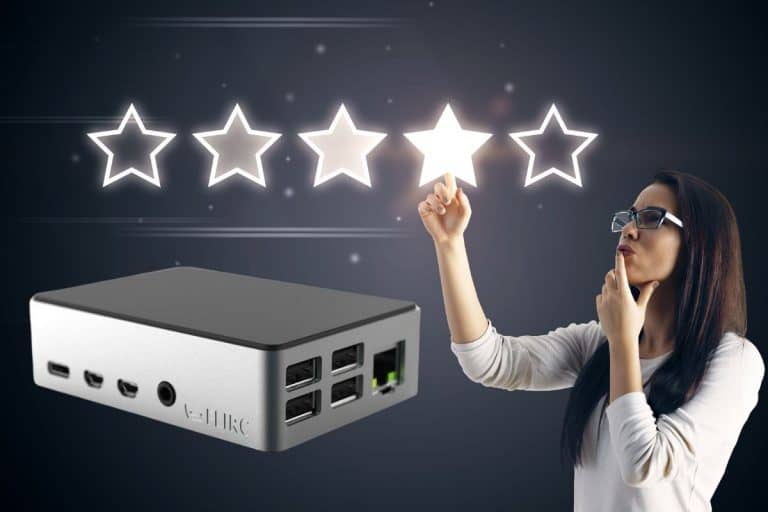
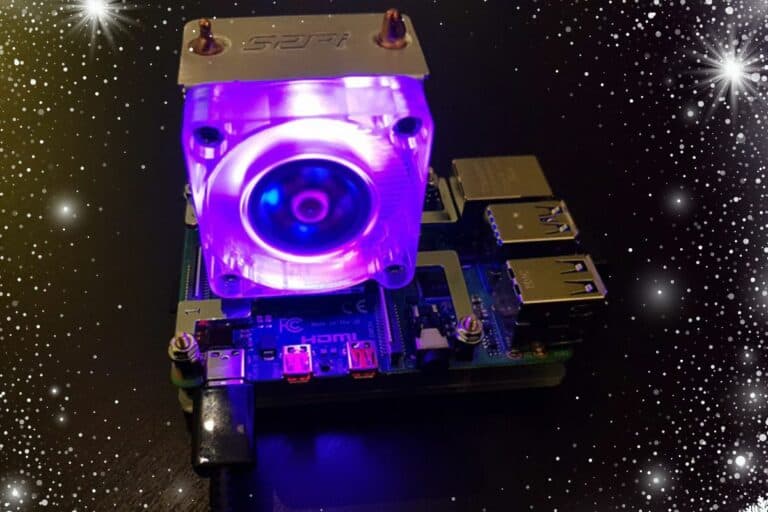
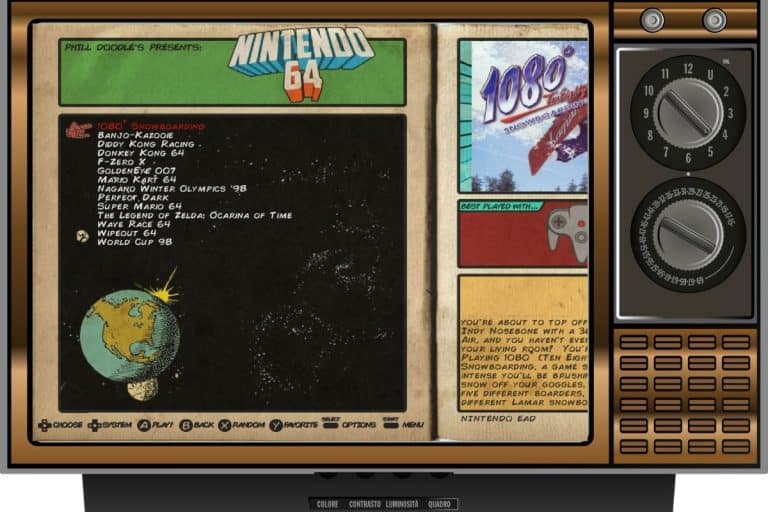
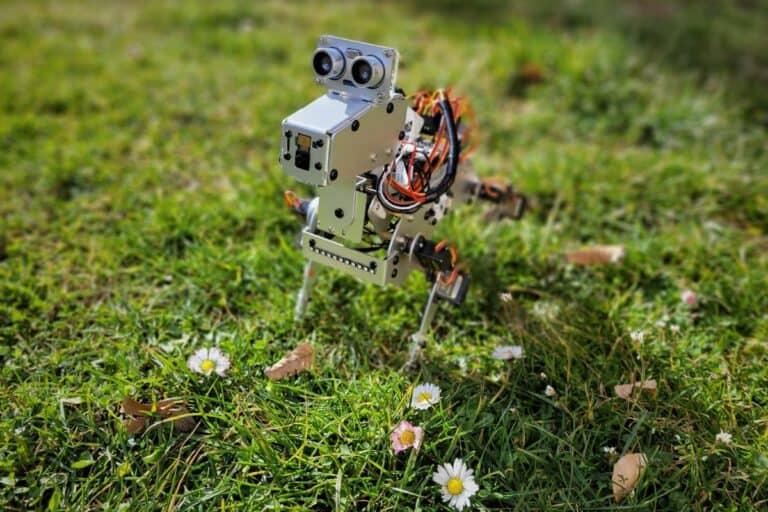

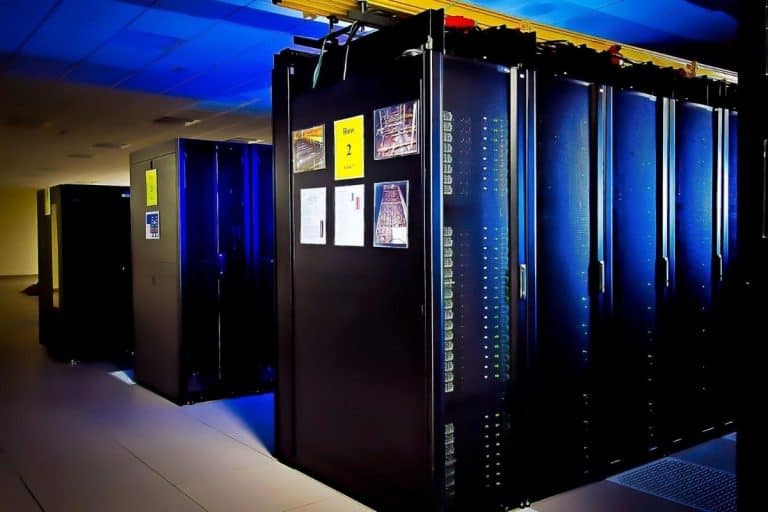
Pi4 is still very slow for real daily computing. Arm chips still unable do the task that amd and Intel does. I won’t call desktop pc use for pi type and equivalent boards. In today requirement, we still need non freeze computing in simple docs and 1080p videos.
In the first table you have the Bluetooth versions incorrectly listed. The Zero W is while version 4.1, while the Zero 2 W is 4.2. You have them swapped.
Thanks